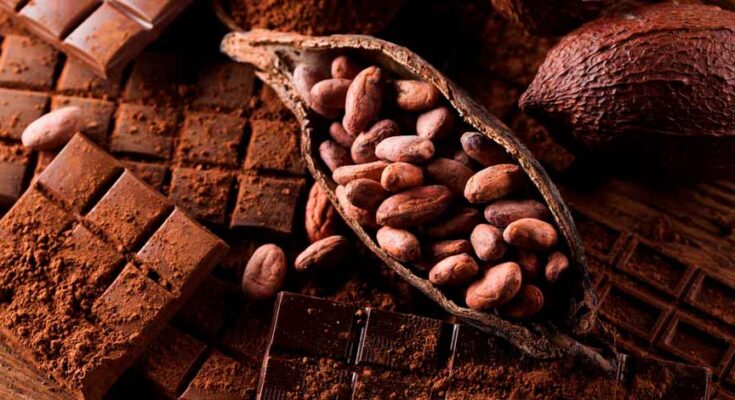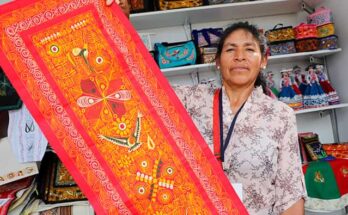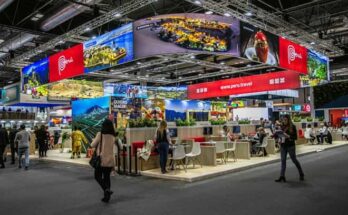Peru, with its rich biodiversity, ancient cacao heritage, and dedication to sustainable farming practices, has emerged as a rising star in the world of fine chocolate. Renowned for its unique flavor profiles, single-origin varieties, and commitment to quality, Peruvian chocolate has captivated the palates of cacao enthusiasts around the globe. In this ultimate guide, we’ll delve into the fascinating world of Peruvian chocolate, exploring its history, production methods, flavor profiles, and where to find the best chocolate experiences in Peru.
The Origins of Peruvian Cacao:
Cacao has been cultivated in Peru for thousands of years, dating back to pre-Columbian civilizations such as the Moche, Chimu, and Inca. These ancient cultures revered cacao as a sacred plant and used it in religious ceremonies, as currency, and to prepare a bitter beverage known as “xocolatl.” Today, Peru is home to some of the world’s finest cacao varieties, including the rare and highly prized “criollo” and “porcelana” beans.
The Chocolate-Making Process:
Peruvian chocolate is crafted using traditional techniques and modern innovations, with an emphasis on preserving the unique flavors and qualities of the cacao bean. The chocolate-making process typically involves several steps, including:
- Harvesting: Cacao pods are handpicked from cacao trees and cracked open to extract the beans, which are then fermented and dried to develop their flavor.
- Roasting: The dried cacao beans are roasted to bring out their rich aroma and flavor. Different roasting profiles can impart different flavor notes to the chocolate.
- Grinding: The roasted cacao beans are ground into a fine paste called “cacao liquor” or “cocoa mass,” which is then refined to create a smooth texture.
- Conching: The cacao liquor is conched, or mixed, for an extended period to develop its flavor and remove any unwanted bitterness.
- Tempering: The chocolate is tempered by heating and cooling it to specific temperatures, which ensures a smooth texture and glossy finish.
- Molding: Finally, the tempered chocolate is poured into molds and allowed to set before being packaged and sold.
Flavor Profiles:
Peruvian chocolate is prized for its complex flavor profiles, which can vary depending on factors such as the cacao variety, growing region, and processing methods. Common flavor notes found in Peruvian chocolate include floral, fruity, nutty, and earthy tones, with some chocolates exhibiting hints of tropical fruits, citrus, or spices.
Where to Find the Best Peruvian Chocolate:
Peru is home to a growing number of artisanal chocolate makers, boutique chocolatiers, and cacao farms that offer visitors the chance to explore the world of Peruvian chocolate firsthand. Some of the best places to sample and purchase Peruvian chocolate include:
- ChocoMuseo: With locations in Lima, Cusco, and the Sacred Valley, ChocoMuseo offers chocolate-making workshops, tastings, and a wide selection of Peruvian chocolate bars and products.
- Cacao Farms: Many cacao farms in Peru welcome visitors and offer guided tours where you can learn about the cacao-growing process and sample freshly made chocolate.
- Specialty Shops: Look for specialty chocolate shops and boutiques in cities such as Lima, Cusco, and Arequipa, where you can find a curated selection of Peruvian chocolate bars and artisanal confections.
Conclusion:
Peruvian chocolate is more than just a sweet treat—it’s a reflection of Peru’s rich cultural heritage, biodiversity, and commitment to quality and sustainability. Whether you’re a cacao aficionado or simply a lover of fine chocolate, exploring the world of Peruvian chocolate offers a delicious and immersive journey into the heart of South America’s cacao country. So indulge your senses, savor the flavors, and discover the magic of Peruvian chocolate for yourself.



